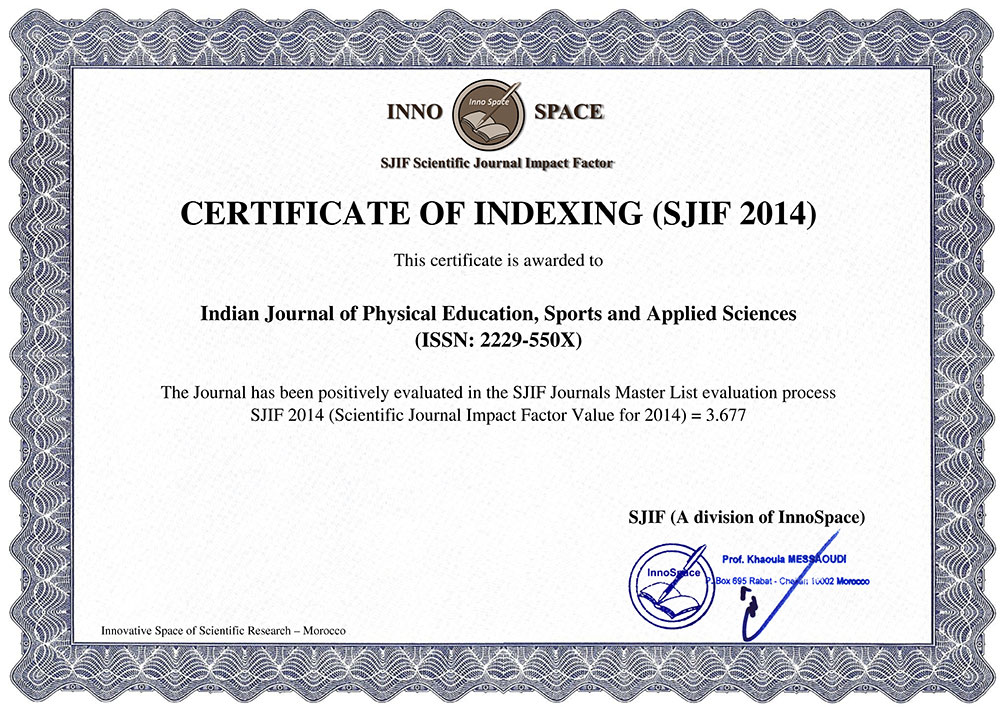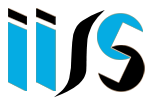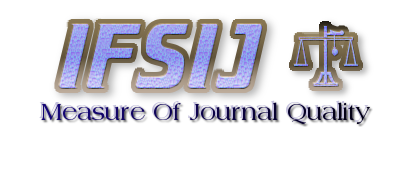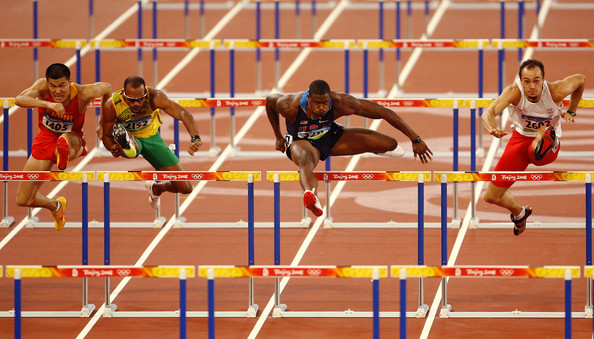A COMPARATIVE STUDY OF PHYSIOLOGICAL PARAMETERS OF SCHOOL LEVEL SWIMMERS
Volume 7-Number 1, January, 2017 February 13, 2017| Author name : | Nimish Majumdar & Dr. Jaishankar Yadav | ||||
|---|---|---|---|---|---|
| Page no : | 29-37 | Volume : | 7 | Issue : | 1 |
doi no: 02.2017-77974143; DOI Link :: http://doi-ds.org/doilink/02.2017-77974143/
Nimish Majumdar1 & Dr. Jaishankar Yadav2
Affiliations:
1M.Phil. Student, Dr. C.V. Raman University, Kota Bilaspur C.G.
2Assistant Professor, Department of Physical Education, Dr. C.V. Raman University, Kota Bilaspur C.G.
ABSTRACT
The purpose of the present study was to investigate and compare the Effect of Swimming Training on Cardio-Pulmonary Index of School Going Students. For the present study, researcher selected 40 male swimmers from Govt. Model Senior Secondary School, Port Blair, A & N Island. The age of the subjects were varied from 14 to 16 years. The Resting pulse rate, Maximum breath holding time , Systolic blood pressure, Diastolic blood pressure , Vital capacity and Maximum expiratory pressure were selected. To assess the physiological parameters of male competitive and recreational swimmers: mean, standard deviation and t-ratio were computed. Cardio-pulmonary index (CPI) was calculated by Hyman formula – C.P.I = V.C + M.B.H + M.E.P + Age/ S.P. + D.P. + P.R. The results of the study concluded that competitive and recreational Male swimmers did not differ significantly on age, pulse rate, systolic blood pressure exerted in arteries, maximum expiratory pressure, and maximum breathing holds parameters of human physiology. Competitive male swimmers were found higher in age, greater amount of pulse rate, blood pressure and maximum respiratory pressure than their counter parts. Recreational Male swimmers had greater amount of maximum breath hold capacity, vital capacity and CPI than did male competitive swimmers.
Keynotes: Male, Swimming, competitive, recreational, Physiological Parameters
DOWNLOAD FULL TEXT: 
BIBLIOGRAPHY
Albrecht, Robert C. “The Relationship Between Certain Physique And Flexibility Measures And High School Swimming Success”, Completed Research in Health, Physical Education, and Recreation (1989):56
Crities, Jerry Keith. “A Study of Selected Physiological and Psychological Factors to Determine their Relationship to the Performance of the Crawl Stroke by Beginning Swimmers”, Series Health, Physical Education, Recreation and Safety Department, M.T.S.U.”‘ 1991.
Carline, James A. “Body Composition, Sinking Forces And Oxygen Uptake Of Young Swimmers Treading Water”, Completed Research in Health, Physical Education and Recreation 20(2006) : 17.
Dubey, Alka “Anthropology Of Arm And Leg Speed Performance Of Indian Top Class Swimmers As Predictors Of Swim Speed”, (Unpublished Ph.D Thesis, Jiwaji University, Gwalior.2010).
Daglioglu, Onder. “The effect of gradually increasing exercise on oxygen consumption and lactate levels in swimmers”, Scholars Research Library. 4 :10 (2003) :96-102.
Morouco, Pedro G., Marinho, Daniel A. and Others. “Quantification of upper limb kinetic asymmetries in front crawl swimming”, Human Movement Science. 40, (April 2004) : 185–192.
Schmid, J. P., Noveanu, M. and Others. “Influence of water immersion, water gymnastics and swimming on cardiac output in patients with heart failure”, Heart. 93:6 (June, 2002): 722–727.
Sprague, Honer A. “The Relationship of Certain Physical Measurement To Swimming Speed In Male Age Group Swimming”. Dissertation Abstracts International 35 (January, 2004): 4235-4236A.
Scott, Guilfoil J. ”The Relationship Of Selected Flexibility And Strength Measurements To Time In 100 Yards Crawl Stroke”, Completed Research in Health, Physical Education and Recreation”. 20(2005): 304A.







